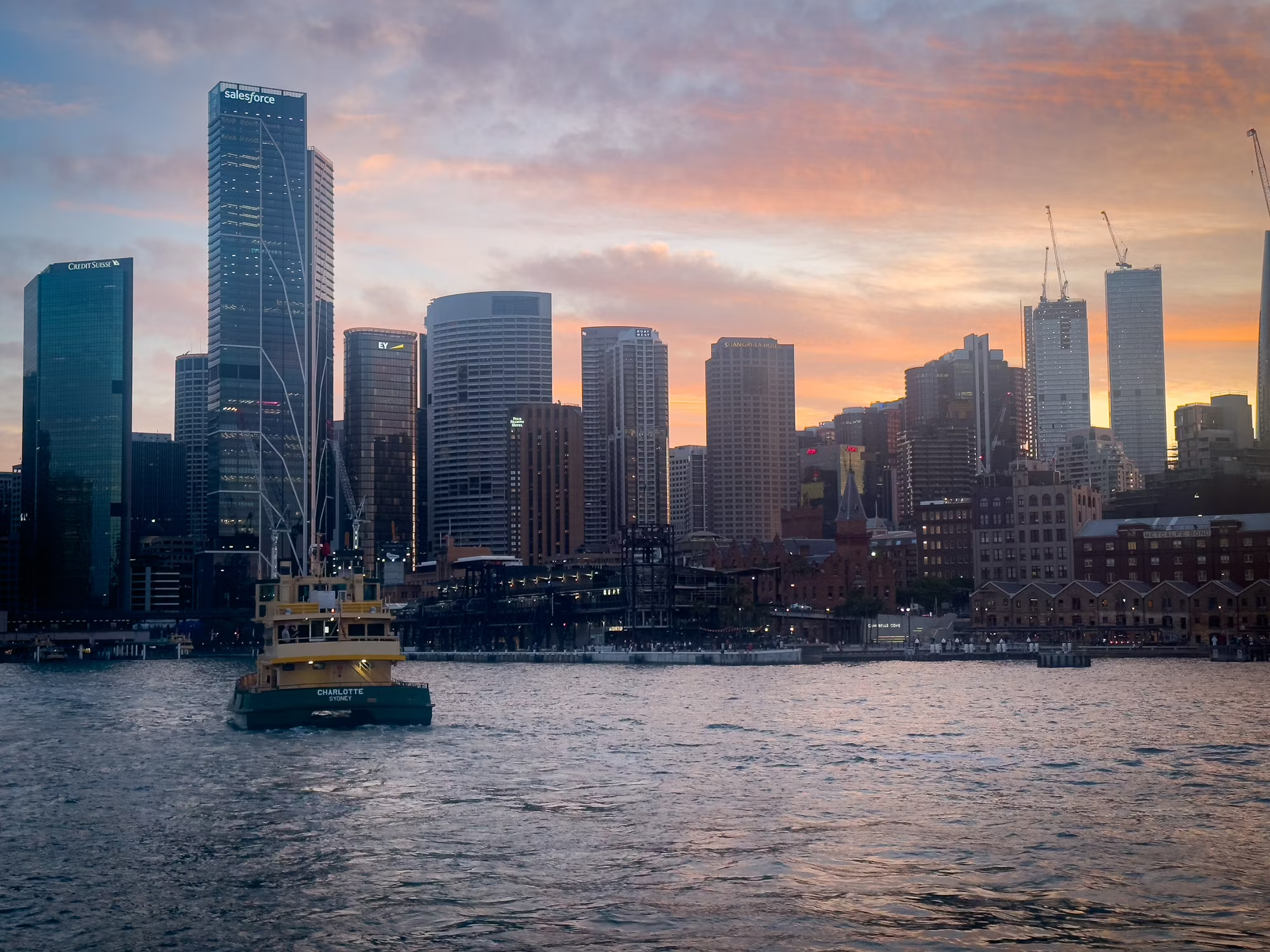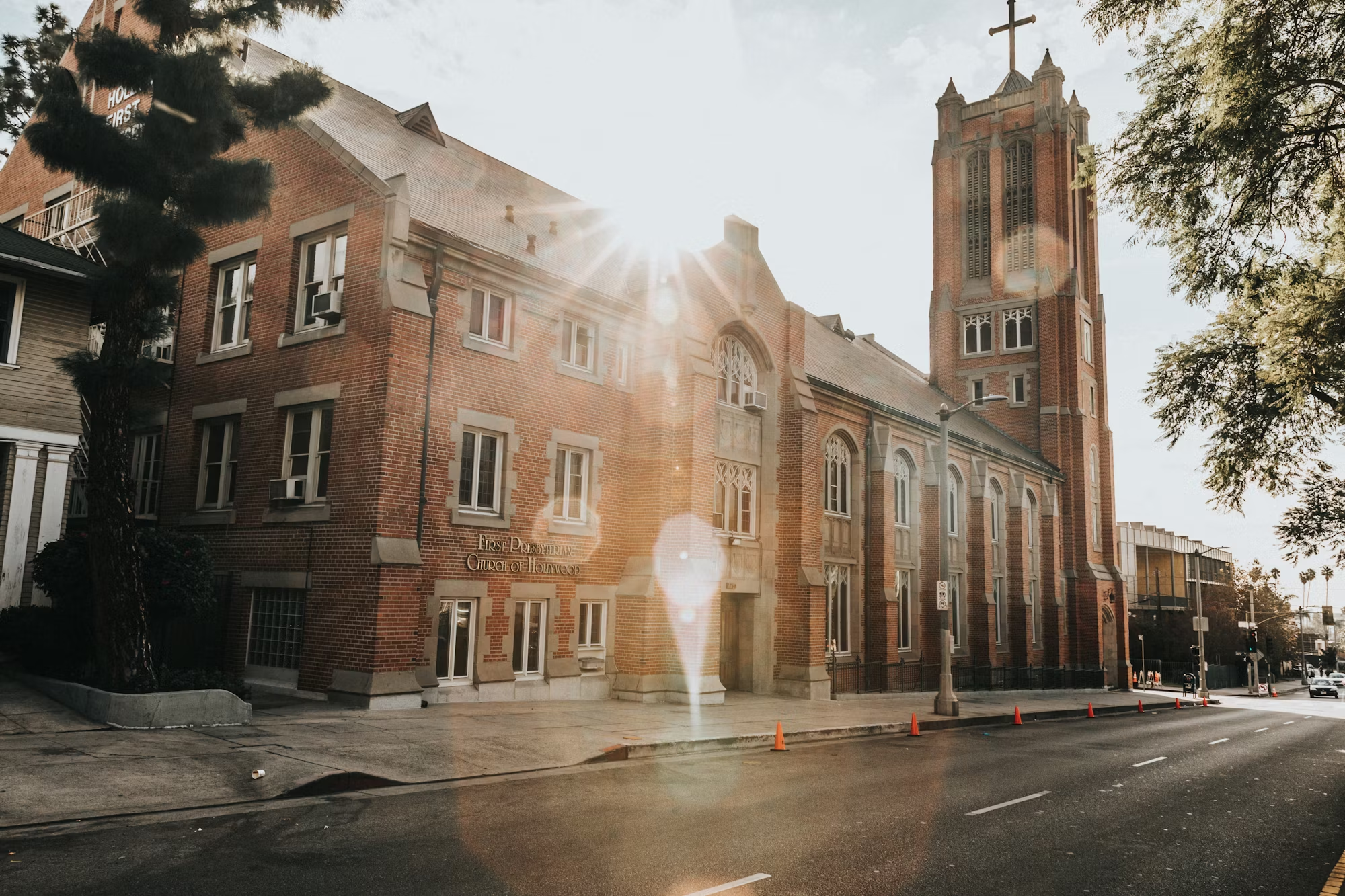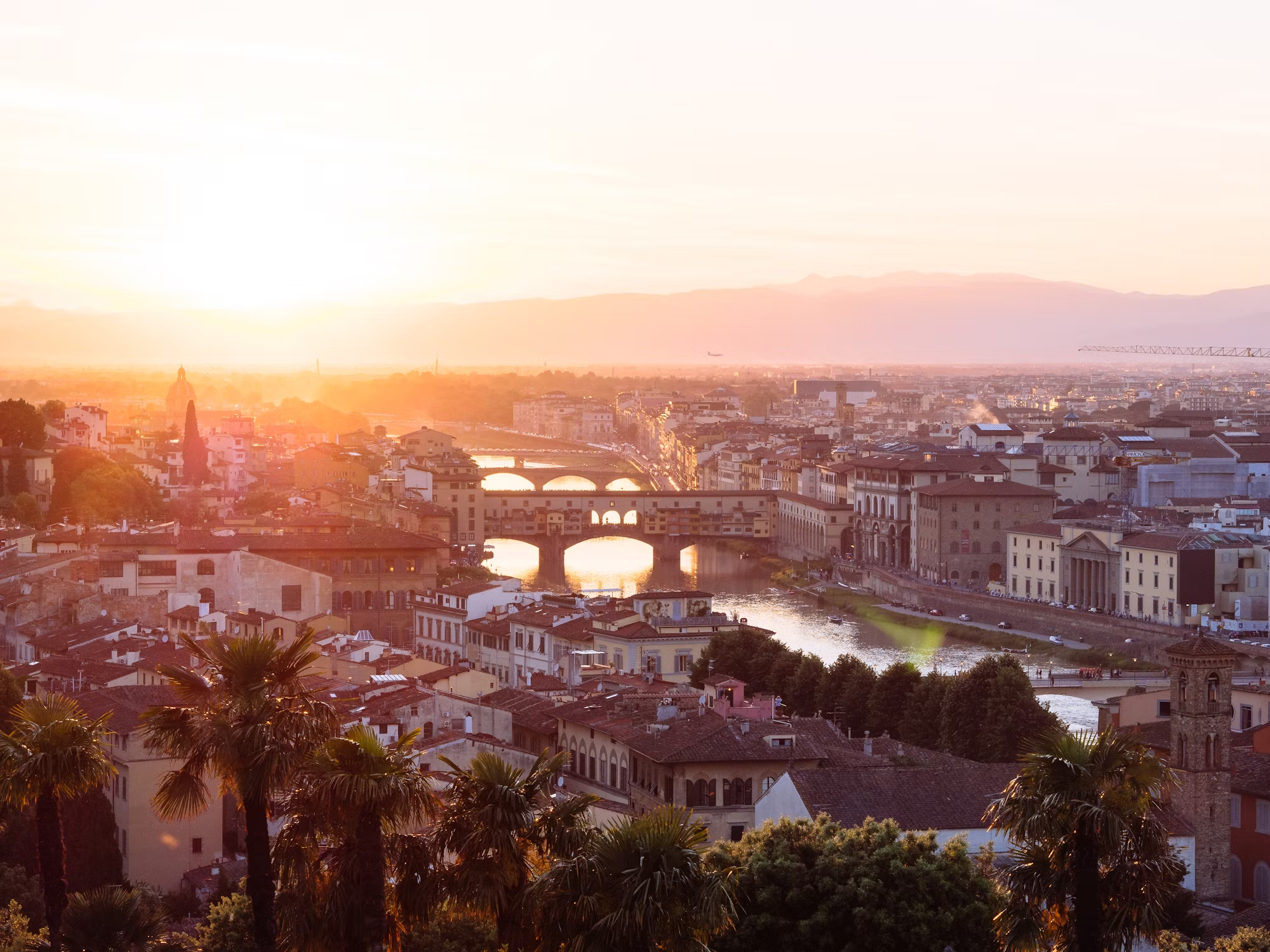In recent years, many cities have witnessed a cultural renaissance driven by the establishment of arts districts. These vibrant areas, characterized by a concentration of galleries, performance venues, and creative spaces, are not only revitalizing urban landscapes but also fostering community engagement and economic growth. As cities strive to differentiate themselves in an increasingly competitive global landscape, arts districts have emerged as crucial components of urban development strategies. The concept of arts districts is rooted in the idea that creativity and culture can serve as catalysts for economic and social revitalization. By attracting artists, performers, and creative businesses, these districts generate a unique cultural identity that appeals to residents and tourists alike. Cities across the globe have recognized the potential of arts districts to breathe new life into neglected neighborhoods, turning them into vibrant hubs of creativity and innovation. One of the primary benefits of developing arts districts is their ability to stimulate local economies. As artists and creative businesses flock to these areas, they attract visitors who contribute to the local economy through dining, shopping, and entertainment. This influx of activity not only boosts sales for local businesses but also creates jobs, further enhancing the economic vitality of the neighborhood. Moreover, arts districts often serve as incubators for startups and creative entrepreneurs. By providing affordable studio spaces, co-working environments, and access to resources, these districts nurture innovation and support the growth of creative industries. This ecosystem fosters collaboration among artists, musicians, and entrepreneurs, resulting in a dynamic environment where ideas can flourish. In metropolitan areas, where the pressure for real estate development is high, arts districts often emerge as intentional revitalization projects. City planners and developers recognize that investing in cultural infrastructure can enhance the overall appeal of an area. By prioritizing the development of theaters, galleries, and public art installations, cities can create attractive environments that draw residents and tourists. This investment in culture not only enhances the livability of neighborhoods but also increases property values, making arts districts a win-win for cities and developers alike. Capital cities, in particular, often leverage their status to promote arts and culture. By establishing well-defined arts districts, these cities can position themselves as cultural capitals, attracting tourists and cultural institutions. The presence of government support and funding for the arts further bolsters these initiatives, ensuring that arts districts remain vibrant and sustainable. The unique cultural offerings in these areas often become points of pride for residents, fostering a sense of community and belonging. Port cities, with their rich maritime history and cultural diversity, are also embracing the concept of arts districts. The blending of cultures and artistic traditions creates a dynamic atmosphere that appeals to both locals and visitors. By promoting arts initiatives that celebrate their unique heritage, these cities can revitalize waterfront areas and attract creative talent. Festivals, markets, and public art projects often emerge in these districts, enhancing community engagement and showcasing local talent. Tourist cities are particularly well-suited for arts districts, as they attract millions of visitors each year. The establishment of cultural districts can create unique experiences for tourists, offering them a chance to engage with local artists, attend performances, and explore galleries. By curating a vibrant cultural scene, these cities enhance their appeal as tourist destinations, encouraging longer stays and increased spending. Additionally, the integration of arts districts into urban planning helps cities showcase their identity and cultural heritage, providing visitors with authentic experiences. University towns, with their vibrant student populations, are also seeing the benefits of arts districts. The presence of young, creative individuals fosters a dynamic cultural environment that attracts artists and performers. These districts often become hubs for creativity, where students can showcase their work and collaborate with established artists. By providing platforms for emerging talent, university towns can cultivate a culture of innovation and artistic expression. Furthermore, arts districts encourage community engagement by providing spaces for public art installations and events. These areas often host festivals, workshops, and community gatherings, allowing residents to connect with one another and celebrate local culture. This sense of belonging fosters pride among residents, encouraging them to invest in their communities and support local artists. Financial centers are increasingly recognizing the value of integrating arts districts into their urban landscapes. These districts not only enhance the quality of life for employees but also attract talent to the area. Creative spaces and cultural amenities create a more appealing work environment, contributing to employee satisfaction and retention. Companies are also increasingly interested in supporting arts initiatives as part of their corporate social responsibility programs, fostering a culture of creativity and innovation in the workplace. Historic cities, known for their rich cultural heritage, are leveraging arts districts to preserve their identity while embracing modernity. By revitalizing historic buildings and integrating contemporary art, these cities can create unique cultural landscapes that attract both residents and tourists. The juxtaposition of old and new enhances the character of these areas, creating a sense of place that is both timeless and contemporary. In conclusion, the emergence of arts districts represents a significant shift in urban development, where culture and creativity play a central role in revitalizing communities. By fostering economic growth, enhancing community engagement, and celebrating local identity, these districts are transforming cities into vibrant cultural hubs. As urban areas continue to evolve, the integration of arts and culture into urban planning will be essential in creating sustainable, livable environments that reflect the diverse needs and aspirations of their residents.





